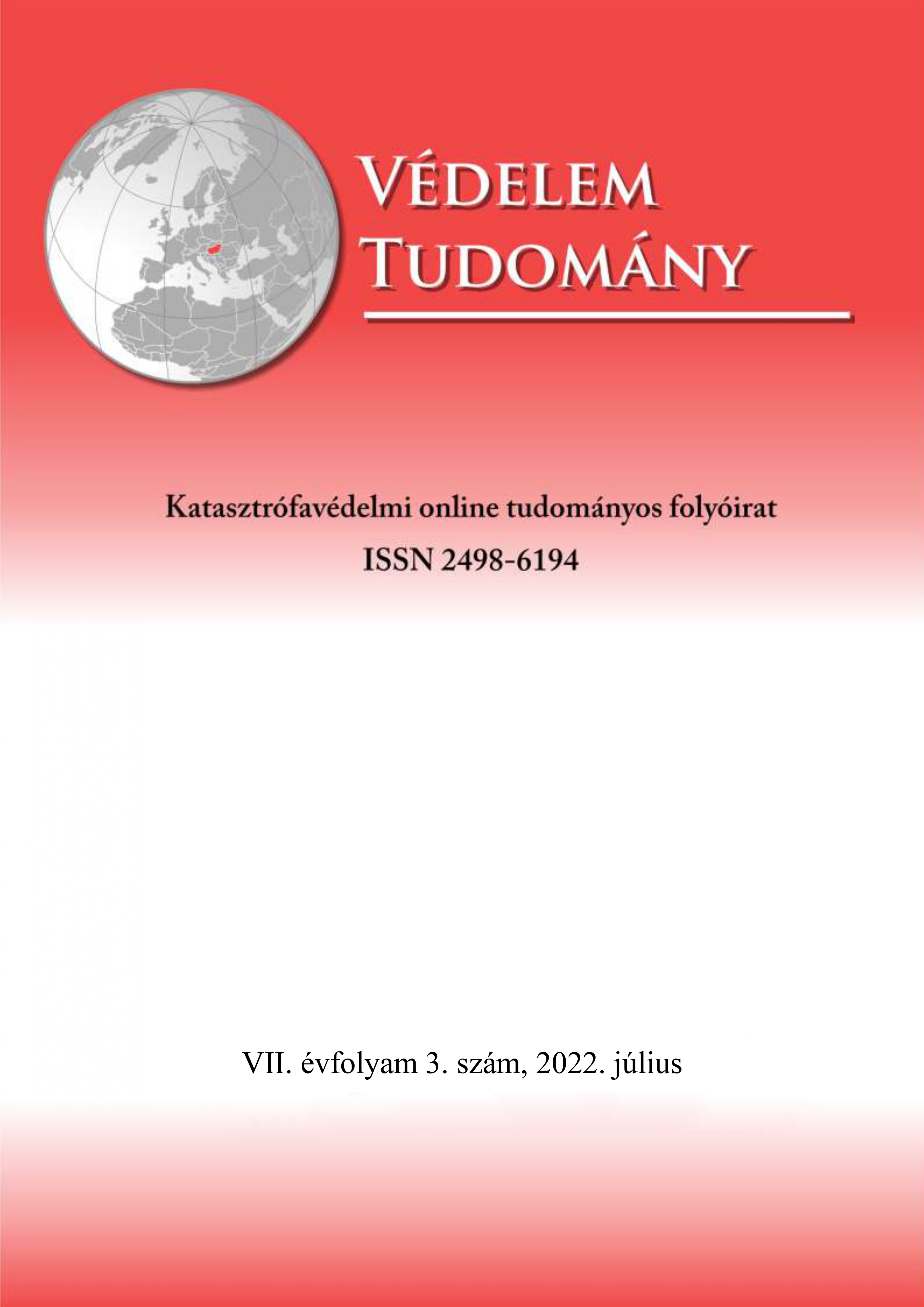The basics of the fire protection in smart buildings, smart cities part III.
Abstract
Nowadays, the official and professional, authority procedures of fire protection and fire protection planning are taking place in a virtual space. Administration is typically done electronically, which takes place in the form of e-government within the digital state. However, the methods consist of static elements and, although they apply the state of the art, they do not take advantage of their potential. In this paper, the authors analyze the real-time integration of all actors in complex fire protection in a virtual space through e-government within the digital state. In order to achieve this, it is necessary to develop a method for the application of dynamic fire protection projects based on BIM, innovative engineering methods, to define a set of tools that can be used to create smart cities in the field of fire protection. In the research, the authors examined and presented the order of the hungarian fire protection authority and official authority procedures, and the relevant systems of e-government. We analyzed the possibilities of fire safety of smart buildings created by innovative engineering methods in innovative systems, and the way to develope the fire protection network.
References
Érces G.: Katasztrófavédelmi háló, Rendvédelem Tudományos Folyóirat (on-line), VII. 1. (2018), pp. 68-102. http://www.bm-tt.hu/assets/letolt/folyoi/2018_1.pdf
Ziebs, H.: Erfolgreiches Schutzkonzept am Beispiel Allianz Arena, Bundesverband Technischer Brandschutz e. V. (bvfa), Feuerlöschanlagen (2014) 6-11.
Érces G.: A BIM és a tűzvédelem I-II-III. rész, Védelem Tudomány Katasztrófavédelmi Online Tudományos Folyóirat 4 (4), 5 (2), 5 (3).
McNamee, M., Marlair, G., Truchot, B., Meacham, B.: Research Roadmap: Environmental Impact of Fires in the Built Environment, Research For The NFPA Mission, Lund, 2019., pp. 80, ISSN: 1402-3504
Károsító hatások a környezetre, a társadalomra és a gazdaságra, https://firesafeeurope.eu/facts-figures/ (letöltés dátuma: 2022. január 19.)
Albiac, J.: Fire Safe Europe’s 10-year anniversary, https://firesafeeurope.eu/fire-safeeurope-10-year-vision/ (letöltés dátuma: 2022. január 19.)
Jószai A., László L., Tózsa I.: Településtervezés és Településfejlesztés, Dialóg Campus Kiadó, Budapest, 2018., pp. 152., ISBN 978-615-5889-11-0
Kulcsár S., Rab J., Sárdi A., Szemerey S.: Smart City Tudásplatform, Lechner Tudásközpont, 2015, pp. 84.
http://okosvaros.lechnerkozpont.hu/hu (A letöltés dátuma: 2017. 09.30.)
Bakonyi P., Cinkler T., Csoknyai T., Hanák P., Kovács K., Prikler R., Rohács D., Sallai Gy.: Smart City megoldások hat kulcsterületről, Budapest, BME EIT, 2016., pp. 32., ISBN: 978-963-313-229-6




